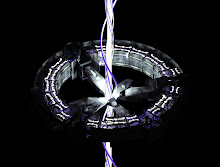Vision for Australian Capital & Architectural Investigation
Journey to the hill
The children rush over to the windows and point to the figures working on the farms and the lake. In the distance, fields of power infrastructure overlook the Capital. The children squeal with excitement, unknown dialects heard on the voice over and hum of the train blend into one sound as we draw closer to our much anticipated destination—a must see for all Australians, a national pilgrimage.
The iconic silhouette of Capital Hill’s morphic superstructure appears on the horizon, internationally recognisable as Australian and utilised throughout all its embassies.
Soon enough, the train comes to a stop and with the parting of its doors, the immediate sound of protest and excitement is heard.
As I follow the sound of voices, its source is suddenly visible as the ground below me starts to elevate. Walking along a raised platform towards the space of debate and discussion, I can see the superstructure adapting itself for the growing listeners. In an instant, my proposed questions appear on the projection screens. I can see different members of parliament busily answering the public, and momentarily an answer to my question appears on the interface.
As day transitions into night, the architecture’s circadian rhythm continues. The spatial qualities created by the superstructure continue to adapt with the change in time, in sync with the different users and evolving functions. Tiny lights start to emerge from within the superstructure to counter the fall of night. Elements above me begin to part revealing the night sky. The once used spaces of the day slowly disappear as they compress and retract.
The feeling of the building has changed.
Cameron Anderson, Julie Hoang, Alex Dickinson
Subscribe to:
Post Comments (Atom)

No comments:
Post a Comment